Images Of Hubble Ultra Deep Field (the Farthest We’ve Ever Seen Into The Universe) And It’s Close-ups.








Images of Hubble Ultra Deep Field (the farthest we’ve ever seen into the universe) and it’s close-ups. Astronomers, in 1996, attempted something extraordinary. They pointed the Hubble Space Telescope into a part of the sky that seemed utterly empty, a patch devoid of any planets, stars and galaxies. This area was close to the Big Dipper, a very familiar constellation. The patch of sky was no bigger than a grain of sand held out at arms length. There was a real risk that the images returned would be as black as the space at which it was being pointed. Nevertheless, they opened the telescope and slowly, over the course of 10 full days, photons that had been travelling for over 13 billion years finally ended their journey on the detector of humanity’s most powerful telescope. When the telescope was finally closed, the light from over 3,000 galaxies had covered the detector, producing one of the most profound and humbling images in all of human history - every single spot, smear, and dot was an entire galaxy, each one containing hundreds of billions of stars.
Later, in 2004, they did it again, this time pointing the telescope toward an area near the constellation Orion. They opened the shutter for over 11 days and 400 complete orbits around the Earth. Detectors with increased sensitivity and filters that allowed more light through than ever before allowed over 10,000 galaxies to appear in what became known as the Ultra Deep Field, an image that represented the farthest we’ve ever seen into the universe.The photons from these galaxies left when the universe was only 500 million years old, and 13 billion years later, they end their long journey as a small blip on a telescope’s CCD.
There are over 100 billion galaxies in the universe. Simply saying that number doesn’t really mean much to us because it doesn’t provide any context. Our brains have no way to accurately put that in any meaningful perspective. When we look at this image, however, and think about the context of how it was made, and really understand what it means, we instantly gain the perspective and cannot help but be forever changed by it. We pointed the most powerful telescope ever built by human beings at absolutely nothing, for no other reason than because we were curious, and discovered that we occupy a very tiny place in the heavens.
More Posts from Intergalacticnerd and Others






hubble’s panorama of the carina nebula, some 7500 light years away from earth, and about fifty light years in length here. stars old and new illuminate clouds of cosmic dust and gas, like the clumping hydrogen from which they were born.
the top star seen at the bisection of the first two panels, part of the eta carinae binary star system (most stars are in binary systems), is estimated to be more than a hundred times the mass of the sun - large enough to go supernoava in about a million years.
it also produces four million times as much light as the sun, and was once the second brightest star in the night sky. but surrounding dust and gas has dimmed our view of the star, though it’s still visible in the night sky to all but those in the most light polluted cities.
the fifth panel shows ‘the mystic mountain,’ where nascent stars in the dust cloud are spewing hot ionized gas and dust at 850,000 miles an hour. eventually, the ultraviolet radiation from these stars will blow away the dust, leaving visible the stars, like the cluster seen at the top of the panel, which were formed only half a million years ago.
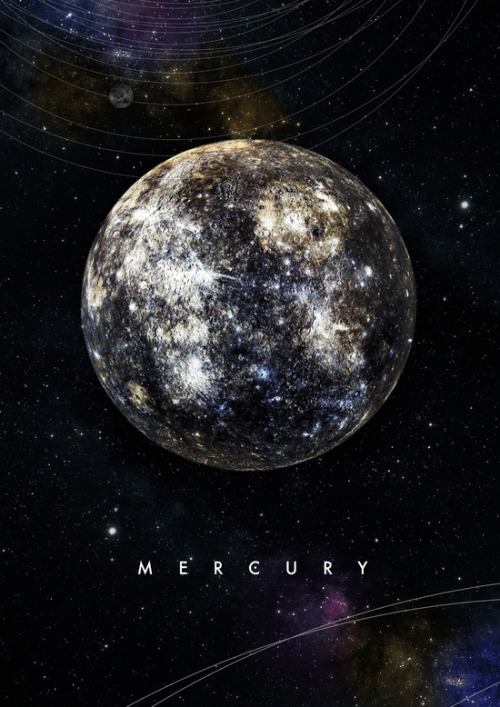
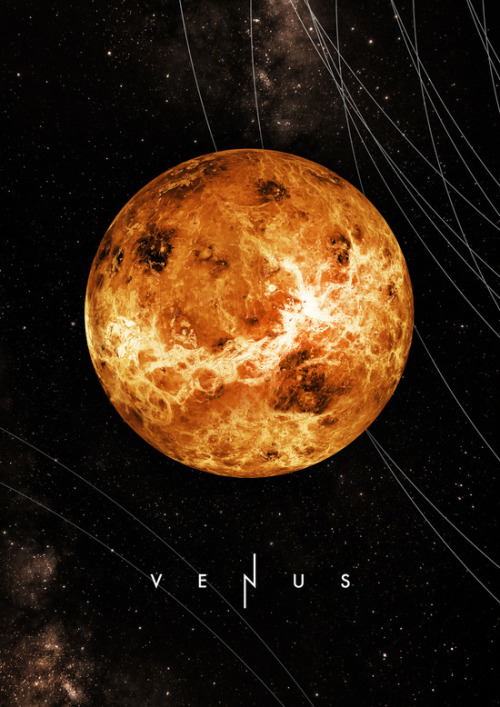
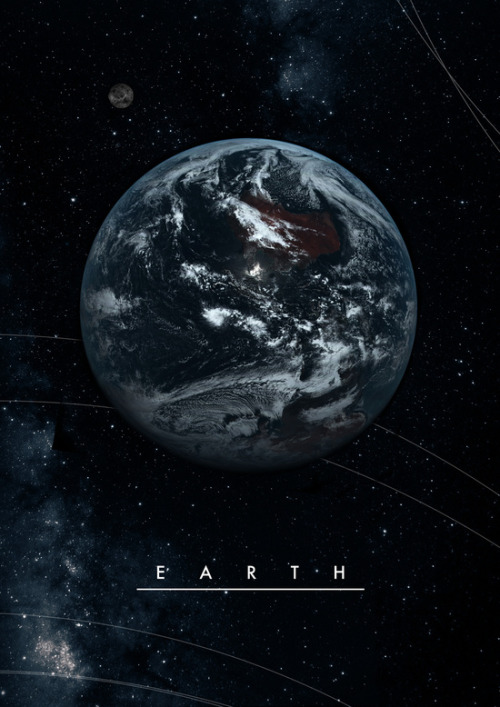
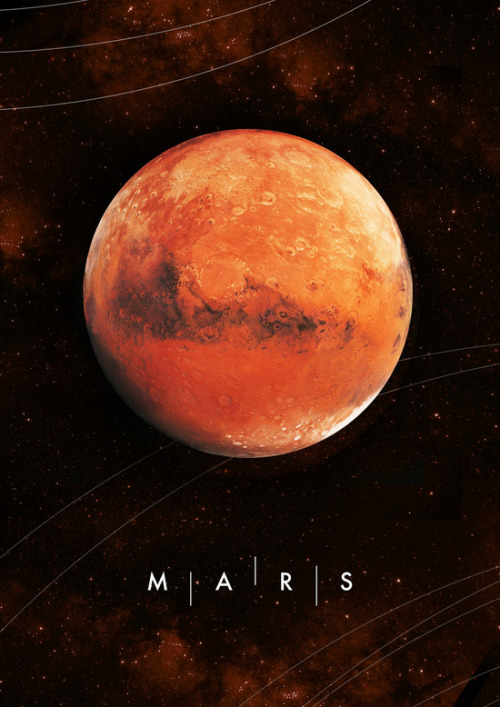
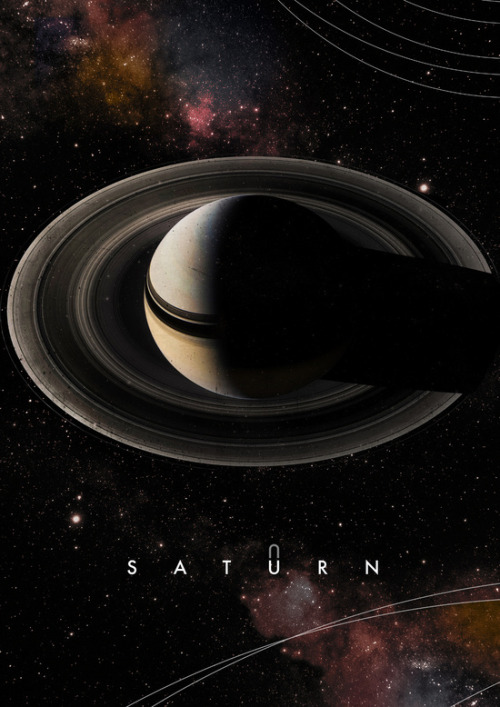
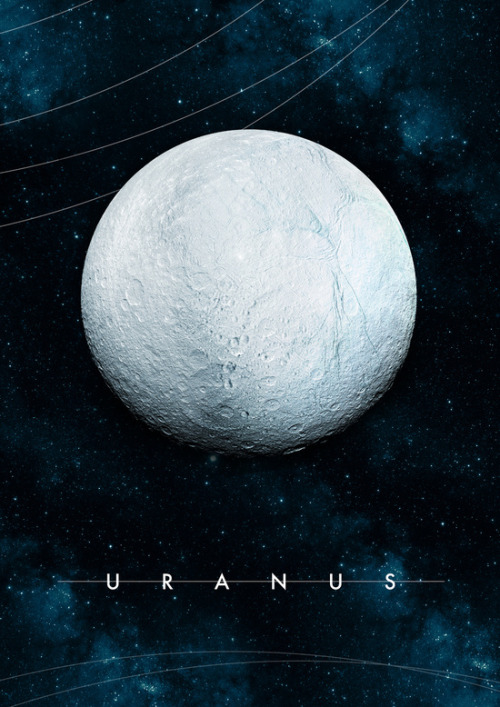
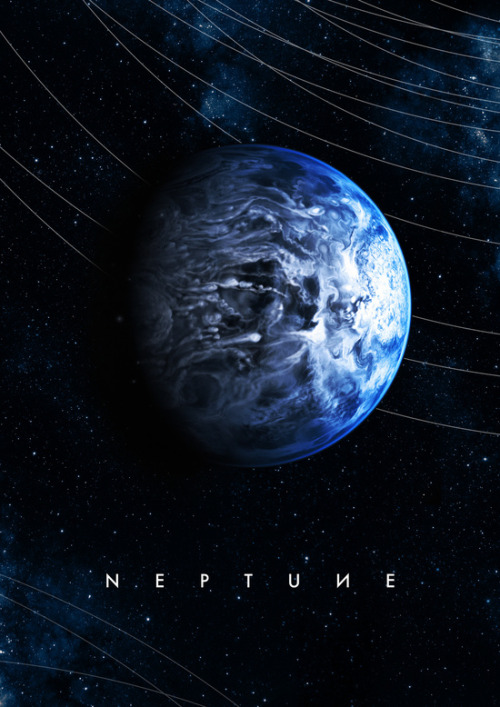
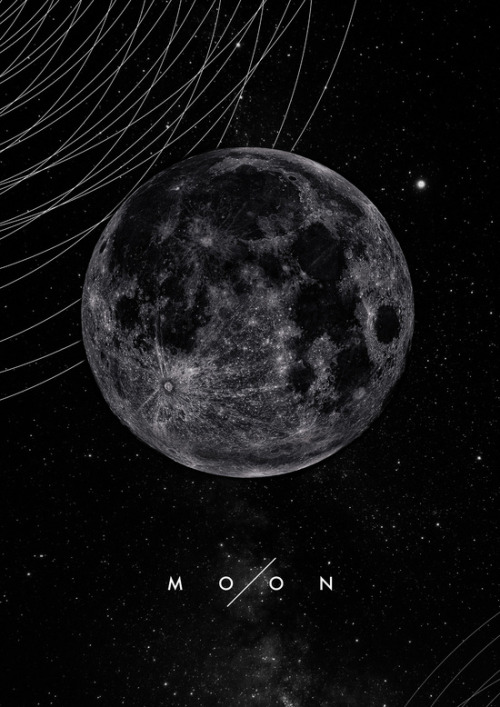
Alexander Pohl
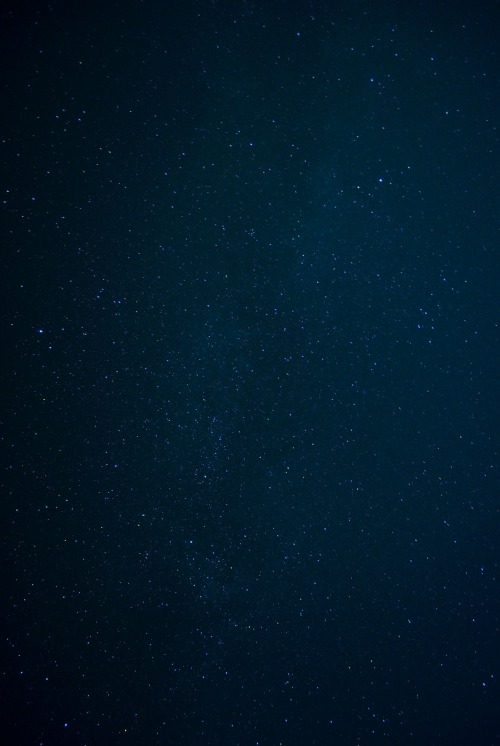

NGC 660. A rare galaxy type, polar ring galaxies have a substantial population of stars, gas, and dust orbiting in rings nearly perpendicular to the plane of a flat galactic disk. Only about a dozen of such galaxies have been discovered
Source: https://imgur.com/z73B8o3
Dust, stars, and cosmic rays swirling around Comet 67P/Churyumov–Gerasimenko, captured by the Rosetta probe. (Source)
WHOA look at the moon
me literally every night no matter what phase the moon is in (via purple-space-freak)
How do you feel about space movies like Gravity or the Martian etc?
I thought they were great. I watched them both here aboard the International Space Station. Movie night looks like this!

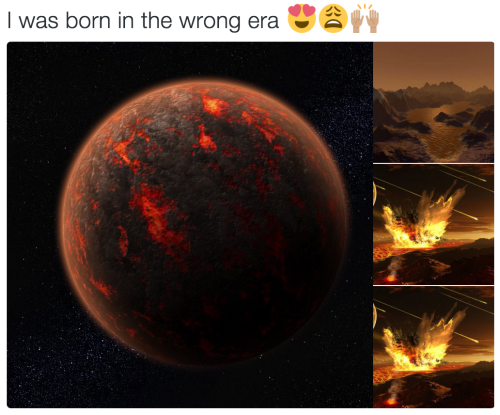

The Trapezium is that a space ghost?
js

In this Chandra image of NGC6388, researchers have found evidence that a white dwarf star may have ripped apart a planet as it came too close. When a star reaches its white dwarf stage, nearly all of the material from the star is packed inside a radius one hundredth that of the original star.
-
 alavimrak liked this · 1 month ago
alavimrak liked this · 1 month ago -
 wschody-ksiezyca liked this · 2 months ago
wschody-ksiezyca liked this · 2 months ago -
 livingcontempo liked this · 7 months ago
livingcontempo liked this · 7 months ago -
 referenciacensurada reblogged this · 7 months ago
referenciacensurada reblogged this · 7 months ago -
 kdhskxmtdfdiekjr liked this · 10 months ago
kdhskxmtdfdiekjr liked this · 10 months ago -
 sharkman80 liked this · 1 year ago
sharkman80 liked this · 1 year ago -
 greatstuffdrawer reblogged this · 1 year ago
greatstuffdrawer reblogged this · 1 year ago -
 moonlitsurf liked this · 1 year ago
moonlitsurf liked this · 1 year ago -
 sheiranisdead reblogged this · 1 year ago
sheiranisdead reblogged this · 1 year ago -
 ioso liked this · 2 years ago
ioso liked this · 2 years ago -
 dark-night-of-the-clownfish reblogged this · 2 years ago
dark-night-of-the-clownfish reblogged this · 2 years ago -
 dissolvesout reblogged this · 2 years ago
dissolvesout reblogged this · 2 years ago -
 dissolvesout liked this · 2 years ago
dissolvesout liked this · 2 years ago -
 ziobbo liked this · 2 years ago
ziobbo liked this · 2 years ago -
 synchronistic-synthesis liked this · 2 years ago
synchronistic-synthesis liked this · 2 years ago -
 psychic-bid liked this · 2 years ago
psychic-bid liked this · 2 years ago -
 hd--damdam liked this · 2 years ago
hd--damdam liked this · 2 years ago -
 everthavg reblogged this · 2 years ago
everthavg reblogged this · 2 years ago -
 everthavg liked this · 2 years ago
everthavg liked this · 2 years ago -
 alchemical-adept reblogged this · 2 years ago
alchemical-adept reblogged this · 2 years ago -
 celestrial-raindrop reblogged this · 2 years ago
celestrial-raindrop reblogged this · 2 years ago -
 thehyperthreshold liked this · 2 years ago
thehyperthreshold liked this · 2 years ago -
 91since91 liked this · 2 years ago
91since91 liked this · 2 years ago -
 luna---z liked this · 2 years ago
luna---z liked this · 2 years ago -
 le-retour-de-ki liked this · 2 years ago
le-retour-de-ki liked this · 2 years ago -
 migidagordog liked this · 2 years ago
migidagordog liked this · 2 years ago -
 jodzy liked this · 2 years ago
jodzy liked this · 2 years ago -
 bashlite reblogged this · 2 years ago
bashlite reblogged this · 2 years ago -
 beidoussl4t liked this · 2 years ago
beidoussl4t liked this · 2 years ago -
 luienios liked this · 2 years ago
luienios liked this · 2 years ago -
 prala liked this · 2 years ago
prala liked this · 2 years ago -
 nocturnal-luv3rr liked this · 2 years ago
nocturnal-luv3rr liked this · 2 years ago -
 wind-of-mayhem liked this · 2 years ago
wind-of-mayhem liked this · 2 years ago -
 peaceblooom reblogged this · 2 years ago
peaceblooom reblogged this · 2 years ago -
 skullsandbutterflies liked this · 2 years ago
skullsandbutterflies liked this · 2 years ago -
 architectofthetwilight reblogged this · 2 years ago
architectofthetwilight reblogged this · 2 years ago -
 parthoz reblogged this · 2 years ago
parthoz reblogged this · 2 years ago -
 deadsir reblogged this · 2 years ago
deadsir reblogged this · 2 years ago -
 kidchaos91 reblogged this · 2 years ago
kidchaos91 reblogged this · 2 years ago
"Astronomy compels the soul to look upwards and leads us from this world to another." - Plato
147 posts